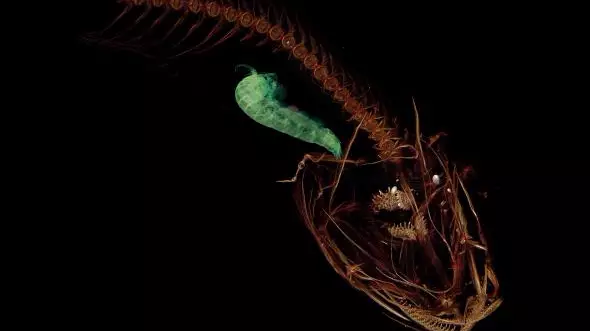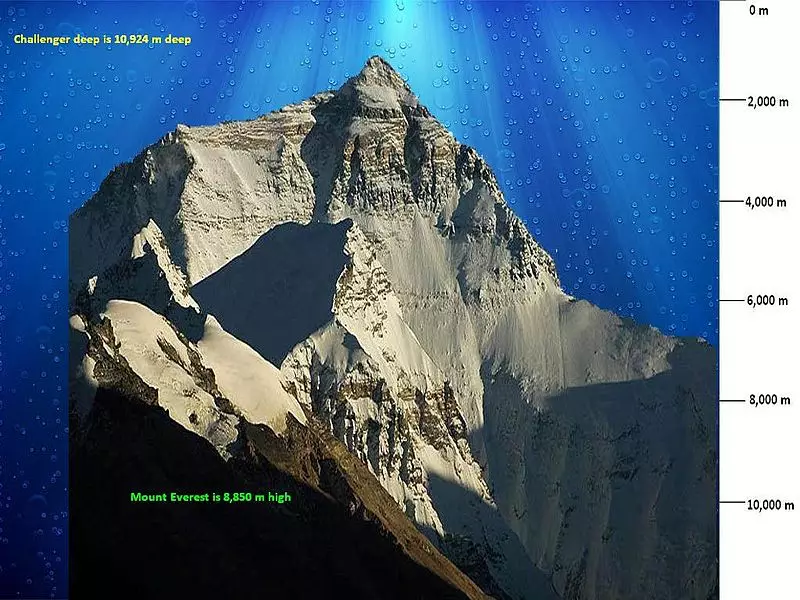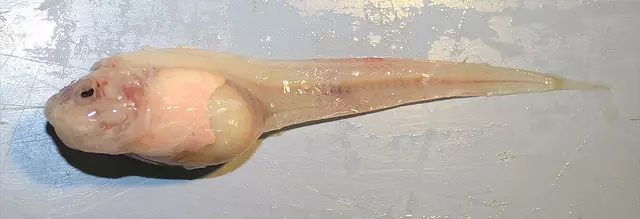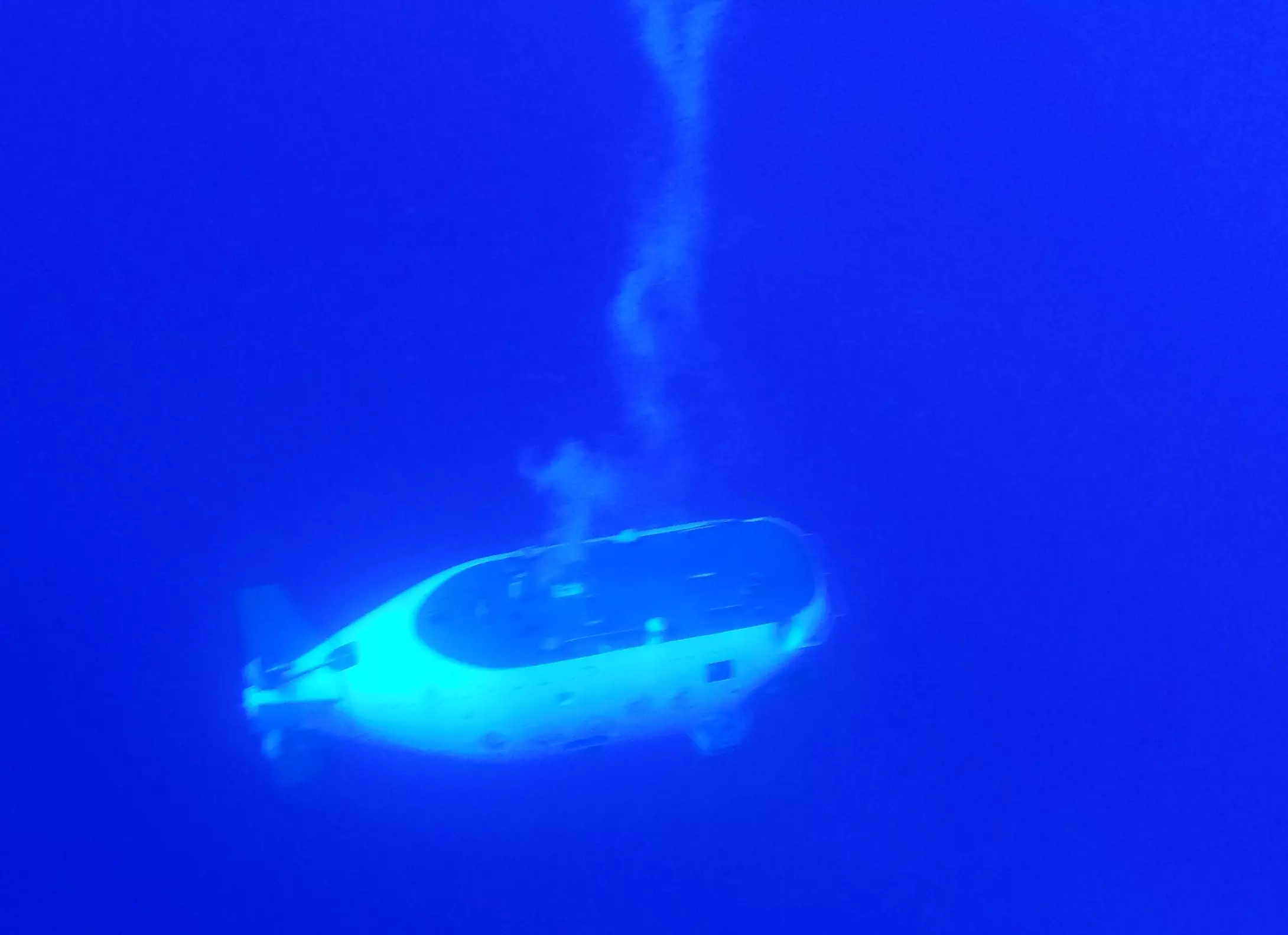
The Mariana Trench is a pretty fucking impressive area of our planet. It's the deepest part of the world's oceans, which extends nearly 11 kilometres below the sea surface.
If you're having a tough time picturing just how long that is, if Mount Everest was placed at the bottom, there would still be more than 1.6 kilometres of water between the mountain's tip and sea level.

Credit: Nomi887/Creative Commons
Researchers have been diving into the very deep depths for decades and they've been continually surprised by the presence of life down there. They're shocked because at the bottom of the trench, the atmospheric pressure is about 1,000 times more than on the surface. That's apparently the same pressure as having 1,600 elephants standing on top of each other. Just casually.
But scientists have just found the deepest-dwelling fish: the Mariana snailfish.
Advert
Unfortunately, this species, known as Pseudoliparis amblystomopsis, hasn't been found at the bottom of the Trench. It's been discovered in the Hadal Zone, which is between 6,000-11,000 metres.
The snailfish was first observed in 2008 at a depth of 7,700 metres, then in 2014 at 8,145, but as of May it was found a little more than 30 metres further down.

Credit: Mackenzie Gerringer/University Of Washington, University
Of Hawaii
Advert
Postdoctoral fellow at the University of Washington's Friday Harbor Laboratories, Mackenzie Gerringer, has told National Geographic: "There are real limitations to life in these trenches. They have evolved adaptations to that pressure to keep their enzymes functioning and membranes moving."
The species of snailfish has been named after one of the officers aboard the HMS Challenger, which was an 1870s British expedition who first discovered the Trench.
Mr Gerringer adds: "By the time you get this deep, fish take a really different form. They have no scales, no big teeth, and they're not bioluminescent-that we know of."
A recent study hypothesized that most marine life simply can't live in the deepest parts of the trench because they don't have enough biochemicals to counteract the immense water pressure. But scientists hope to study these snailfish to work out how they manage to survive.
Advert
The revelation illustrates how basic our knowledge is of our deep oceans.
There have only been a handful of descents to the bottom achieved and even fewer manned ones. Titanic director James Cameron famously went solo into the depths in 2012 in a watercraft that was kitted out with tons of video equipment.

Credit: PA
Advert
It took him two hours to reach the bottom, which he described as 'the most remote, isolated place on the planet'.
The 63-year-old told the BBC: "I really feel like in one day I've been to another planet and come back.
"My reference frame was going to the Titanic 10 or 12 years ago, and thinking that was the deepest place I could ever imagine," he recalled.
"On this dive, I blazed past Titanic depth at 12,000 ft and was only a third of the way down, and the numbers keep going up and up and up on the depth gauge."
Advert
Hopefully with more dives, both manned and unmanned, we'll expand our knowledge of this part of the ocean and others, which could harbour marine life never seen before.
Sources: National Geographic, BBC
Topics: World News, News, Interesting